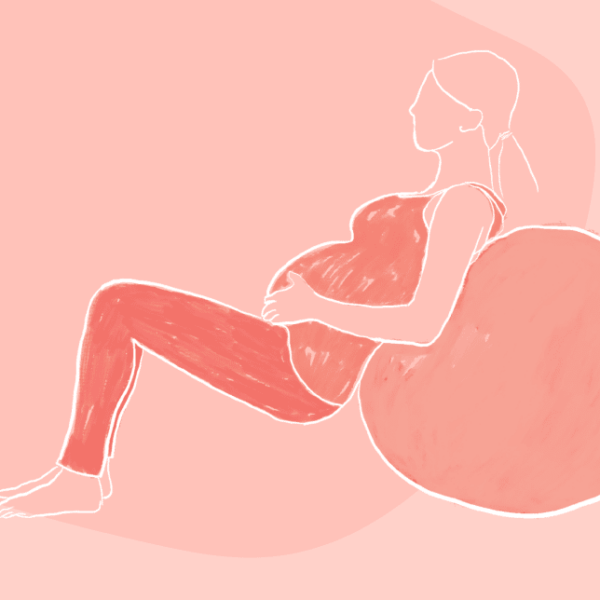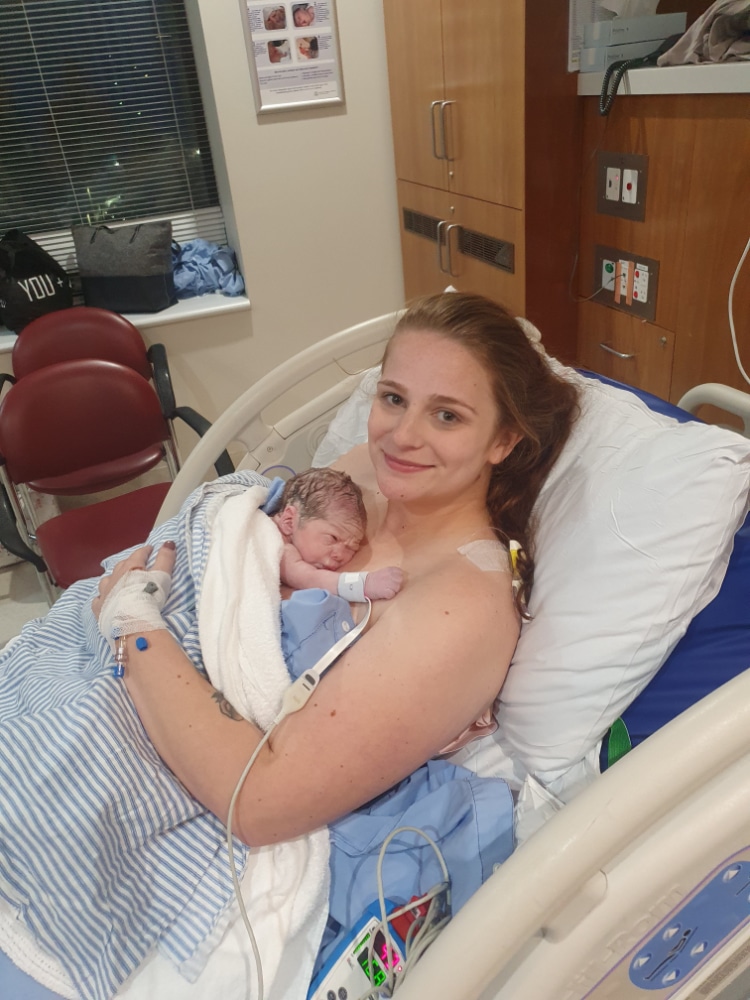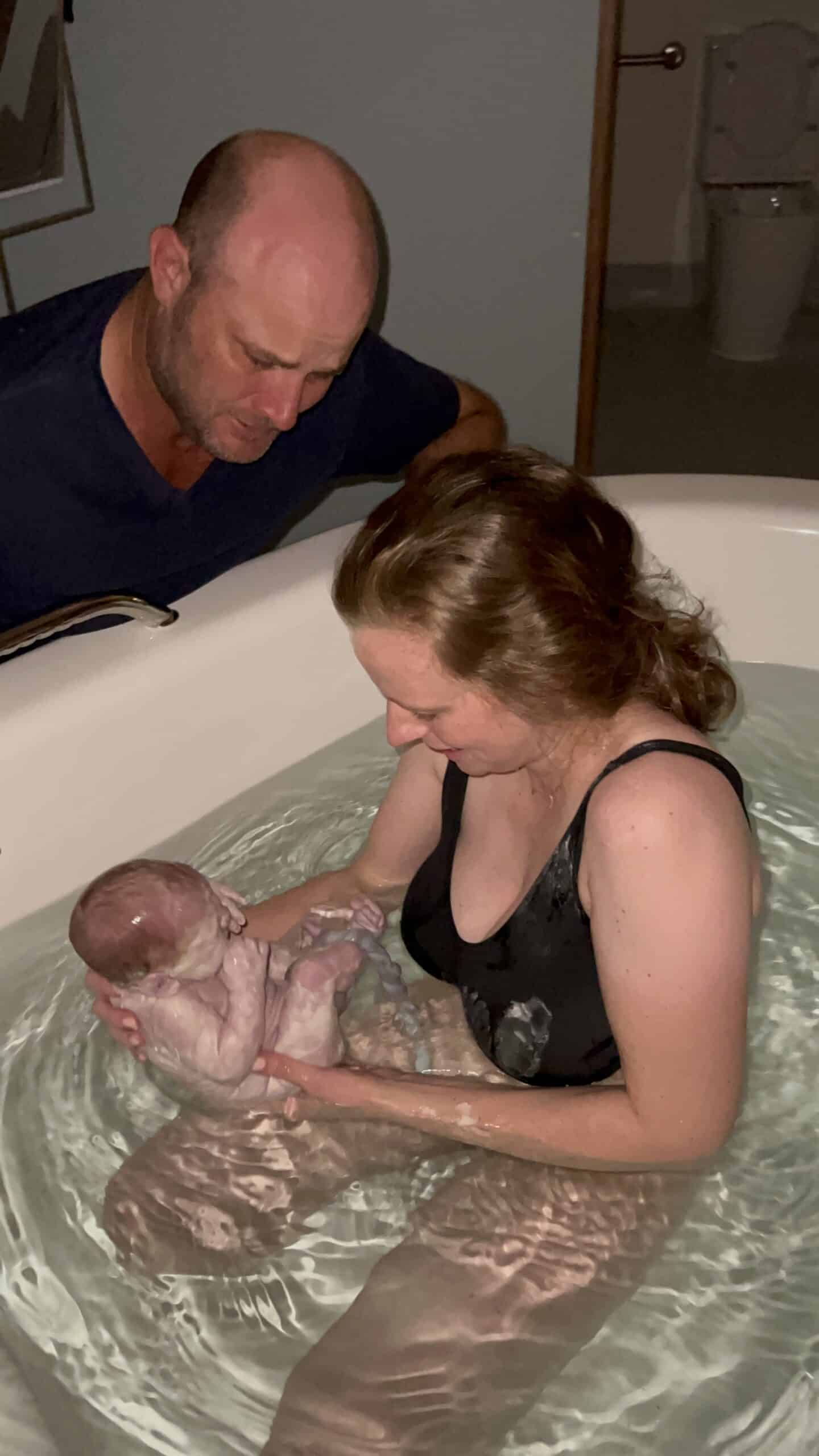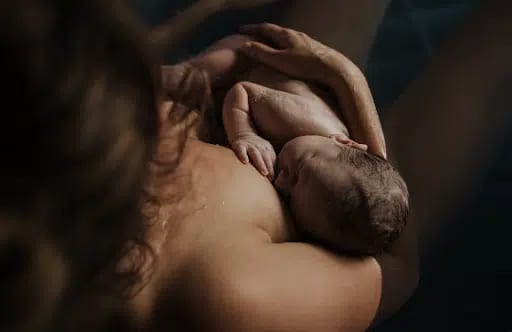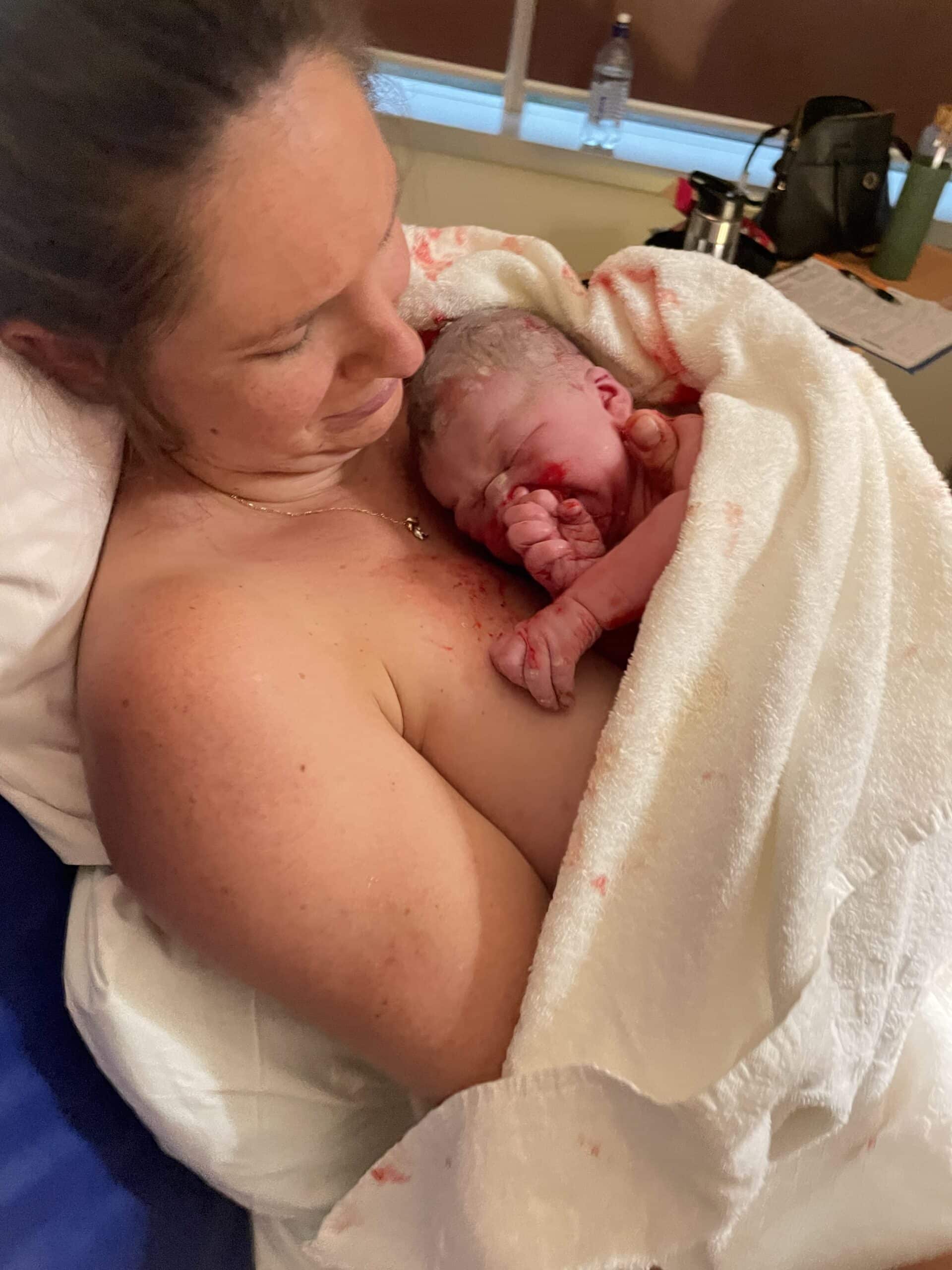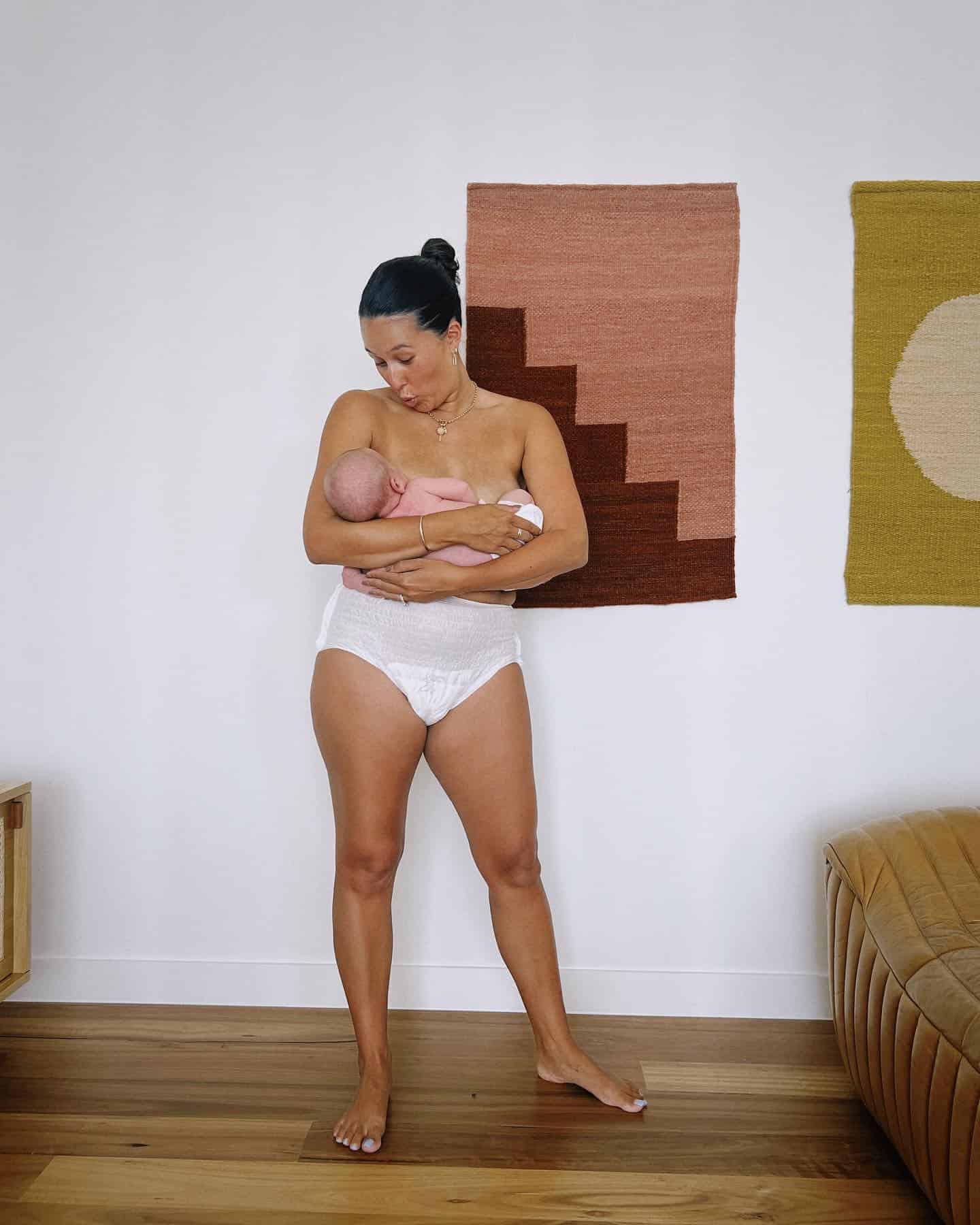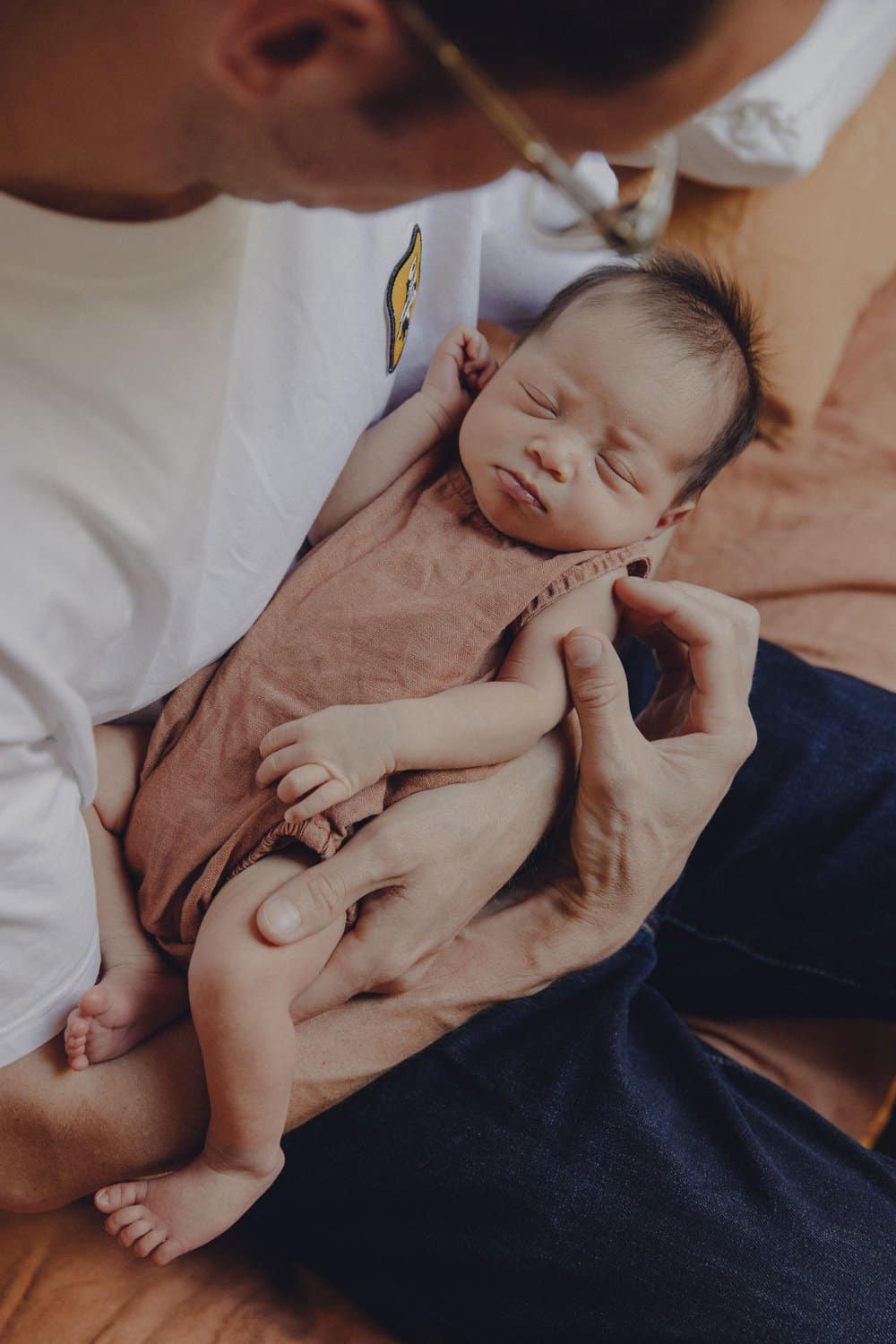Podcasts Laura
EPISODE 334
Laura
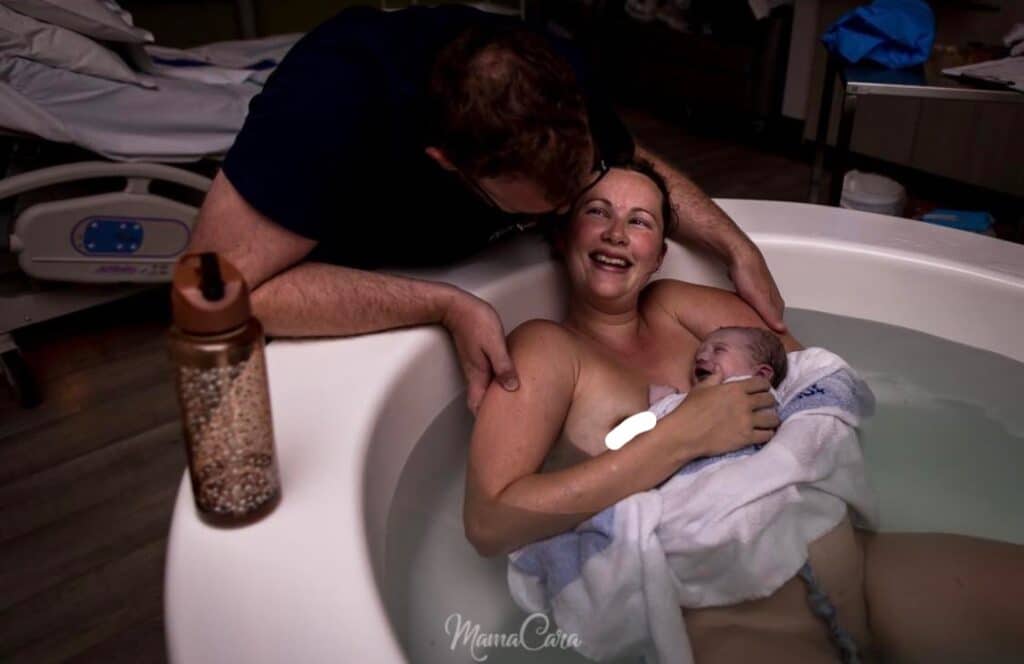
“I knew that it could take a long time to conceive but when you decide you want to start trying, you want to be pregnant yesterday. Ours was a relatively short conception story but it consumed me; it was the only thing I could think of. We fell pregnant the first month after my implanon was removed but that was an early miscarriage. And then my second pregnancy soon after ended up being an ectopic pregnancy.
“I had taken a test which was a faint positive and I started bleeding that same day which was very confusing. My GP got me to repeat hCG tests and an early dating scan and she did mention the possibility of an ectopic pregnancy but I had no other symptoms so I’m grateful that she was proactive. I was only 5.5 weeks when I had the scan and they realised I had an ectopic pregnancy.
“The gynaecologist recommend six months of waiting till we could conceive again after taking the medication for miscarriage. That wasn’t an option in our mind but it also felt quite strange to go straight to surgery so we agreed to expectant management. I had hCG tests every second day and we waited a week-and-a-half but the hCG was increasing so I was called into the hospital and I opted for surgery. We hadn’t told anyone about our pregnancy news because we didn’t want them to worry; we wanted it to be happy news. This was the first time I’d experienced loss and grief. It’s so complex with an ectopic pregnancy; you’re grieving the loss of your pregnancy, your fertility, the naivete of falling pregnant and being excited. I will always have the fear of ectopic pregnancy now, regardless of how many times I fall pregnant.
“My tube had ruptured so it was good that I opted for surgery because I needed the tube removed. I only had a dull cramping and I did need to rest with heat packs but it wasn’t the intense stabbing pain that many women describe it as.
“My mum and dad had gone through so much to conceive me; I was conceived from a donor egg when my mum was 49. I knew they would have been such a great support for me but we chose to keep it to ourselves; I only told them what I’d gone through when I was pregnant with Scarlett.
“I fell pregnant with Scarlett two cycles after my ectopic pregnancy and I had an early scan to confirm that it wasn’t an ectopic pregnancy. All of my advocacy has come from listening to your podcast so I’d already spoken to my GP about wanting to get into MGP and I got a call at 8 weeks to tell me I was accepted. My first appointment was at 16 weeks and I didn’t really get along with my midwife and I felt quite heartbroken about it. I’m not the type of person to ever complain so I grappled about whether to say something and I decided to say something to the manager, I explained how I was feeling and she was so understanding and that was when she suggested the birth centre MGP with a team of midwives who focus on physiological birth. I was accepted and I felt so relieved.
“I listened to every podcast episode multiple times and I bought The Birth Class and I listened to every module multiple times, too. I was diagnosed with gestational diabetes at 26 weeks which really intensified my anxiety and I knew what it meant for hospital policy and scans and I was automatically labelled as high risk. I chose to decline my growth scans in the third trimester.
“I gave birth at 42+3 days. It was a long wait after my due date and I continued to have crampy pains but I suppose that was just pre-labour. I was seeing my midwife every few days but that was when covid had really hit Queensland. I got to 42 weeks and had already had calls from the obstetric team regarding induction. I actually went into spontaneous labour at 42+1.
“After 42 weeks I had to go into hospital and get monitored on the CTG every day. I had a stretch and sweep at 42 weeks and it felt crampy but a little different to how I was feeling previously. I was 2cm dilated and my cervix was really soft and my waters were bulging. I think I was having light contractions but they were very sporadic. I got to the point where I didn’t want to be by myself and that’s when I knew I was in early labour. Ben and I just tried to stay really lighthearted and positive and I started doing the breathing techniques that Jodi discusses in her module of The Birth Class.
“We called the midwife at some point during the night and she said that when there were three contractions every ten minutes for an hour, we should call her. My birth photographer came over in the early morning and as the sun came up I noticed my labour slowed down. My photographer told me it was normal and encouraged me to rest but I still felt like I needed to stay mobile so I was getting in and out of the shower. By midday I was moaning and groaning and resisting; it was a switch and I felt more out of control and that was when Ben felt it was time to go to hospital, even though my contractions weren’t as frequent as the midwife said they should be. I was really resisting but at the same time I was worried about how I would manage considering I might not have been in active labour.
“When we arrived at the hospital I was feeling hesitant and anxious about unfamiliar faces but the midwife and the student midwife were beautiful; they were really respectful of our preferences and they read them before they spoke to us. After a vaginal examination – I was 4cm – I consented to 30 minute doppler checks instead of CTG monitoring and moved into the shower to labour. After a few hours I felt like labour was slowing so I opted to have my waters broken and they were clear which meant I could still have a waterbirth. Labour really ramped up then and two or so hours later I felt like I really went through transition; groaning and bringing my sound low and down, but there was definitely a point where I couldn’t help but scream and I felt like vomiting. I had so much pressure and pain in my lower back; it was so consuming.
“The midwives changed shifts and all I said to the new midwife was bath but I had no idea that it was going to take 20 minutes to fill up. I wanted to be buoyant because no position was comfortable, I was trying to run away from the pain. I was sweltering once I got in the bath but it had to be a certain temperature for the baby. She got me cold face cloths and water. I never got the strong urge to push but I just felt pressure…all of a sudden I was pushing. I was really surprised by how hard I had to push, it was the hardest thing I’ve ever had to do in my life. I remember there was a lull after she had crowned and I could feel her moving and it was so strange. The next contraction came and she came out with such force that she swam off to the side so the midwife guided her back to my hands so I could pull her out of the water.
“It was the most intense thing I’ve ever done but I’m so proud I did it.”
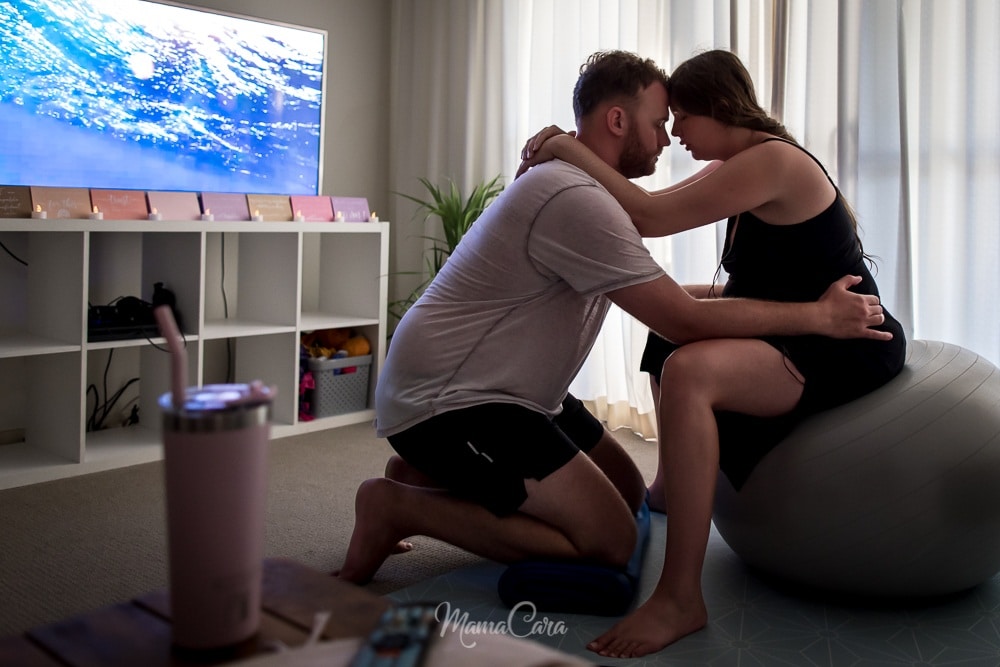



Topics Discussed
Birth centre, Ectopic pregnancy, Gestational Diabetes (GD), MGP, Miscarriage, One vaginal birth, Postpartum haemorrhage (PPH), The Birth Class, Waterbirth
Episode Sponsor
Today’s episode of the show is brought to you by our friends at Bellamy’s Organic.
With so many food choices, it is difficult to know what’s best. At Bellamy’s Organic, they only make certified organic, nutritious baby food and toddler milk. They believe that a meal is more than nourishment and that’s why they’re committed to introducing an early love of nutritious, wholesome organic food to children.
The Bellamy’s range of organic cereals, pasta, rusks, snacks and pouches help babies adapt to new flavours and textures and are approved by paediatric dietitians. With Bellamy’s Organic, you can be confident you are giving your little ones a pure start to life.
Available in your local supermarket or pharmacy, or shop directly on the Bellamy’s Organic website.
Categories
Related Products
-
The Birth Class
108 reviews$249.00The empowering online childbirth education program that will help you confidently prepare for birth.
Join the conversation
Sign up to get the latest updates, freebies, podcast releases straight into your inbox
@AustralianBirthStories
Follow along with us
@AustralianBirthStories
Follow along with us
@AustralianBirthStories
Follow along with us
@AustralianBirthStories
Follow along with us
@AustralianBirthStories
Follow along with us
@AustralianBirthStories
Follow along with us
@AustralianBirthStories
Follow along with us
@AustralianBirthStories
Follow along with us
@AustralianBirthStories
Follow along with us
@AustralianBirthStories
Follow along with us
@AustralianBirthStories
Follow along with us
@AustralianBirthStories
Follow along with us
